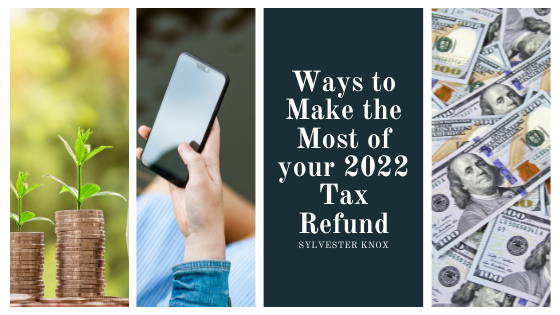You’re getting a tax refund, which means you have more money to spend on essentials. However, if you don’t need the money yet, it might be a bit of a pull to treat yourself. You probably know that investing in the long-term is a good idea. With an average tax refund of around $3,000 each year, it’s important to keep in mind that it’s not too late to start planning for the future.
High-interest debt can be a drag on your bottom line. It can compound over time, and it can make it hard to get out of debt. Getting rid of credit card debt is one of the best ways to get a tax refund. It can reduce your interest costs by around $3,585. If you have a credit card debt of $2,200, paying off that debt would save you around $3,585.
If the refund doesn’t cover all of your debt, consider rolling it over to a lower-interest credit card. If your credit isn’t good enough, look for a debt consolidation loan. If you have high-interest debt, start working on a debt payoff plan. If the refund doesn’t cover all of your debt, adjust your current withholding to get the money to pay down debt immediately.
Having the money in hand to cover unexpected expenses is a great way to boost your sleep. It can also help you avoid unexpected expenses, such as a flood or a cut in your work hours. Ideally, you should have at least three months of expenses covered. Having $500 saved can help you weather an emergency, and it’s also a good idea to set aside a portion of your refund for the cause.
Getting a tax refund can also help fund the big-ticket items on your 2020 shopping list, such as car repairs and college tuition. It’s also important to avoid spending the money on just one item. Instead, use the money to fund a high-interest savings account. Doing so will allow you to earn interest while keeping the money in check.
One of the best ways to build wealth is by investing your tax refund. This will allow you to get ahead of the curve and put money aside for the future. If you receive a tax refund of around $3,000, invest it and over the next decade, it will earn an average annual return of 6%.
It’s also a great idea to invest the money in each of the next 10 years. After letting the compounding and earnings do their work, you’ll have more money in your investment account. If you stick to a disciplined approach, you can expect to have around $60,000 invested over the next two decades.

